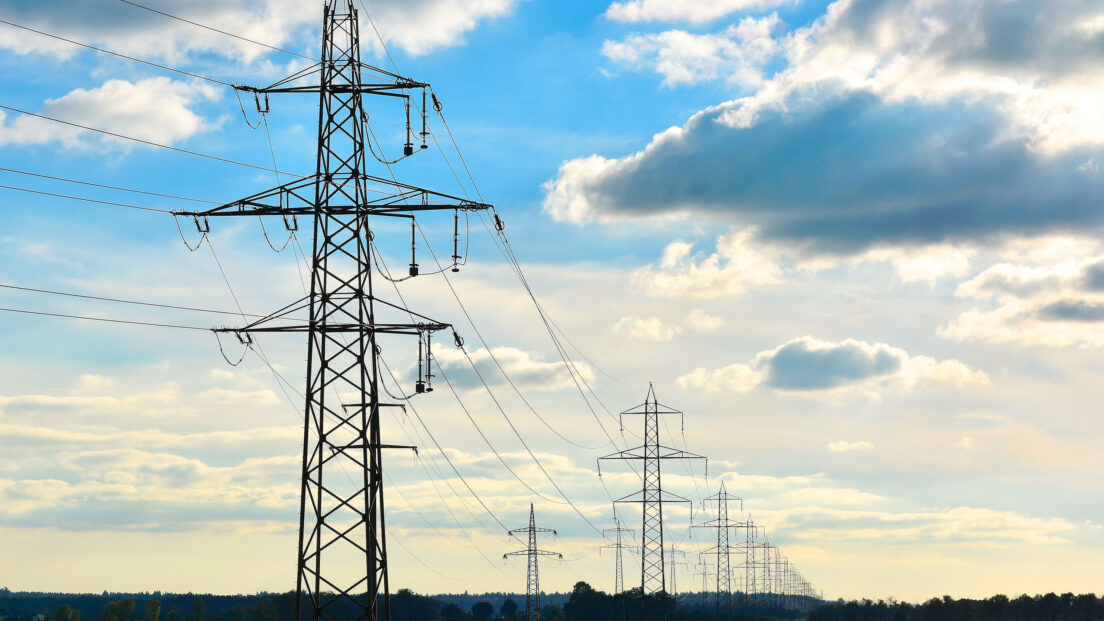Falling electricity prices in 2025

Electricity prices in Switzerland are expected to fall by around 10 per cent in 2025. This favourable trend is the result of more stable wholesale prices and lower grid and energy costs. Households and companies will benefit from reduced tariffs - but price fluctuations will remain a challenge.
The Swiss Federal Electricity Commission has published its calculations for electricity tariffs in 2025. A typical Swiss household with a consumption of 4,500 kWh will pay 29 centimes per kilowatt hour in the coming year, which corresponds to a reduction of 3.14 cents/kWh compared to 2024. This price reduction will result in an annual saving of 141 francs and reduce the electricity bill to a total of 1,305 francs.
The reductions affect both grid costs and energy tariffs. While the grid costs for a typical household will fall by 4 per cent from 12.71 cents/kWh to 12.18 cents/kWh, the energy tariffs will fall by 12 per cent to 13.7 cents/kWh. Charges to local authorities (1 Rp./kWh) and the grid surcharge (2.3 Rp./kWh) will remain unchanged. There are signs of similar reductions for small and medium-sized companies.
Fluctuating prices depending on the grid operator
Electricity tariffs vary greatly depending on the grid operator. This is mainly due to differences in in-house production and procurement strategies. Some grid operators that focus more on long-term procurement are better able to compensate for short-term price fluctuations, but bear higher costs over longer periods. The differences in energy procurement strategies lead to considerable price differences between the regions.
Reasons for the price reductions
The more stable wholesale electricity prices are one of the main reasons for the easing of tariffs. Following the significant price increases in 2023 and 2024, wholesale prices are currently quoted at around EUR 90/MWh, which represents a decrease compared to the previous year’s EUR 150/MWh. This market easing will now have a gradual impact on energy tariffs.
Another factor is the reduction in costs for the winter reserve. While these were still at 1.2 Rp./kWh in 2024, they will fall to 0.23 Rp./kWh in 2025. The return on capital for the grid, the so-called WACC, has also fallen slightly, which also has a cost-reducing effect.
Procurement strategies and own production as key
The tariffs in the basic supply are strongly influenced by the production and procurement portfolio of the energy suppliers. In-house production and the timing of electricity procurement are decisive factors. Grid operators that spread their procurement strategies over longer periods of time are better able to cushion price fluctuations on the wholesale market. The level of in-house production also influences the production costs, which are sometimes lower than market prices.
However, grid costs remain relatively high due to the high market prices, as they are also affected by electricity price-dependent components such as active power losses and ancillary services (AS). Swissgrid provides these ancillary services for the short-term stability of the system and passes the costs on to the grid operators, who in turn charge them to end consumers.
Transparency for consumers
ElCom has published the 2025 electricity tariffs for all municipalities and grid operators. These can now be viewed on the website www.strompreis.elcom.admin.ch and offer consumers the opportunity to compare tariffs and find out about the development of electricity prices.